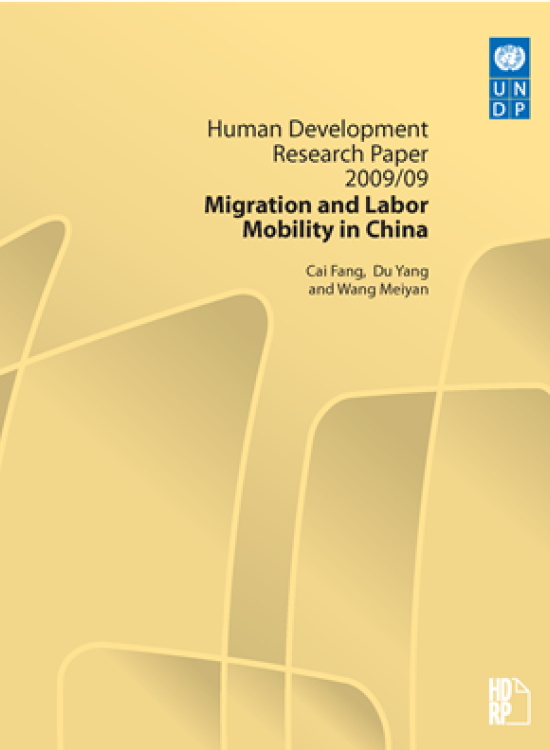Migration and Labor Mobility in China

Download Report by Language
Document
hdrp200909.pdf
(664.49 KB)
Citation
Du Yang, Cai Fang, Meiyan, Wang. 2009. Migration and Labor Mobility in China. New York.
Migration and Labor Mobility in China
Posted on: January 01, 2009
China has witnessed the largest labor migration since the reform and opening up policies were implemented. According to the most recent statistics, the total number of rural to urban migrant workers reached 136 million. Migrants are defined as persons who have left out of township for more than 6 months. The migration flow has propelled the economic and societal transition in China through labor productivity enhancement and social restructuring. Accordingly, the Chinese government has improved the migration policies with increasing migration flow and the changes of labor market situations. This report is organized as follows. Section one briefly introduces when and how the migration started by reviewing the history, size and trend, impacts of migration in China and the vulnerability of migrants. Section two reviews the main migration policy changes in the past three decades. Section three illuminates the Lewisian turning point that marks economic development and transitioning in China. Section four discusses the relevance of China’s experiences to other developing economies in terms of economic development and migration policy changes.